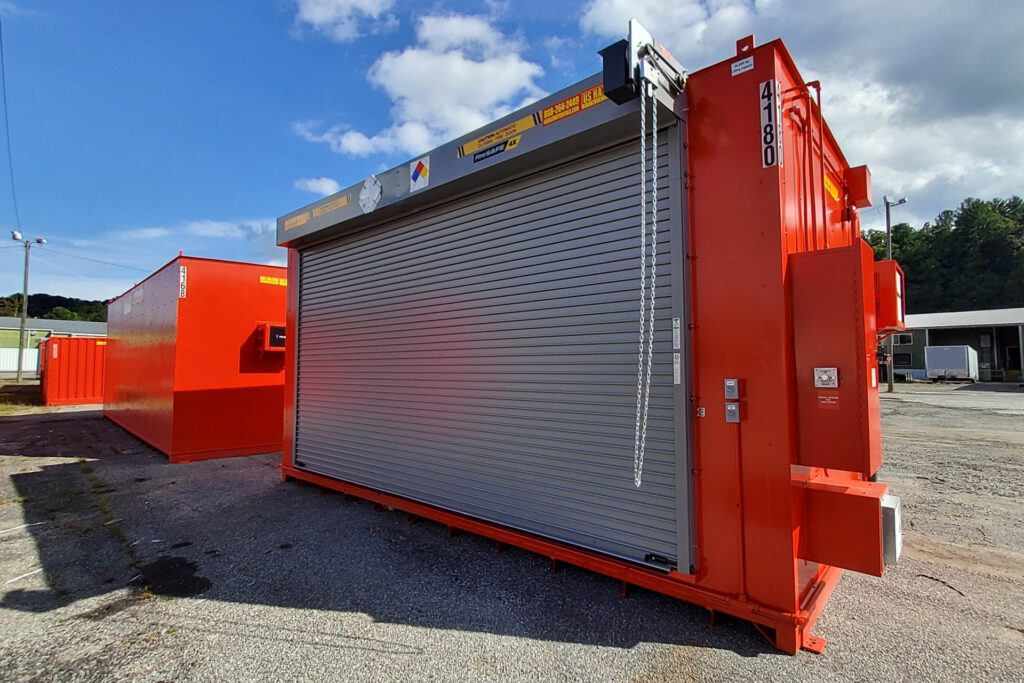A Wisconsin ice cream plant finds itself in a sticky situation following a series of alleged OSHA violations. According to the federal safety regulator, an investigation into the frozen treat confectionary began after a concerning report. Federal authorities claim workers were being exposed to anhydrous ammonia, which is a hazardous chemical used in refrigeration. Unprotected exposure to the dangerous chemical can cause respiratory injuries and burns. Altogether, the ice cream manufacturer received 12 serious citations, including failure to “institute processes for controlled release of hazardous chemicals.” Penalties for improper chemical storage in the food manufacturing industry can negatively impact profits and worker morale.
OSHA Violations Could Lead to Hefty Civil Penalties
The parent company of the ice cream facility now has 15 days from the receipts of the citations to take corrective measures or contest the agency’s findings. So far, OSHA has proposed penalties totaling $145,097. These penalties also include citations for improper lockout/tagout procedures, machine guarding, failure to implement a hazard communication plan and a failure to update an existing emergency plan of action. An additional citation was also issued for unprotected ladder openings.
What is a Hazard Communication Plan?
In short, a hazard communication plan works to keep all employees safe from hazardous chemicals in the workplace. Knowledge and awareness are imperative in hazard communication plans. Detailed information about the chemicals existing onsite can better prepare workers to avoid unprotected exposure, which could lead to undue harm. OSHA believes that all employees should have the right to know the hazards and dangerous chemicals they come in contact with while completing workflow operations.
What Are Lockout/Tagout Procedures?

Lockout/Tagout procedures aim to control the operation and shutdown of dangerous machinery onsite. By closely adhering to these procedures, employers can protect employees from hazardous releases of energy. Any employee working in an area subject to lockout/tagout procedures should become well-versed in the company’s detailed instruction plan for turning on and powering off dangerous machinery. Employers must also train all employees on proper tagout/lockout procedures. A padlock affixed to the dangerous machinery, and adjoining tag warns employees not to use equipment while not in the scope of routine operations. Hazardous releases of energy include electrical, mechanical, hydraulic, and pneumatic. Areas where routine maintenance is being performed, the prevalence of electrical work, and areas with moving parts all require lockout/tagout.
U.S. Hazmat Materials Can Provide Compliant Food Manufacturing Chemical Storage

We provide compliant chemical storage for many heavy duty industries, including food manufacturing. Our compliant food manufacturing chemical storage units provide turnkey protection for hazardous materials used in food processing. In addition to superior fire and spill containment, our units also offer optional climate control and mechanical ventilation to increase the shelf life of potentially volatile, but necessary chemicals. Innovative pallet and storage features also allow for easy inventorying of food additives, preservatives and toxic refrigerants. Contact us today for a free quote and consultation.






